Fan details
To write that we have something mapped out to the last detail is perhaps too bold, but after proper preparation, few pieces of hardware are as easy to evaluate as fans. Of course, this had to be preceded by long preparations, developing a methodology, but you already know the story. What you don’t know yet is the first fruit, or rather the results of Akasa, SilentiumPC, SilverStone, Xigmatek or more exotic Reeven fans.
Regular readers of HWCooling know the environment in which we test fans. Whether from the articles dedicated to the methodology (here is something about the prototype, and here to the final version) or from dust filter tests.
For new visitors, it should be noted that all tests take place in a wind tunnel. We have built it ourselves according to the specific requirements for correct fan tests. However, there are bound to be voices about the “unnatural” environment and about how fan tests inside computers have more meaning. They certainly don’t.
Sure, it’s important to test fans with real obstacles, but it’s better to have airflow and pressure differences as the output than CPU temperature differences. These are lower or higher exactly because a particular fan has a lower or higher airflow or pressure. These key variables for fans are naturally affected by obstacles such as dust filters, grilles or cooler radiators. All of these are used in the tests.
With or without obstacles, we test the fans at different fixed noise levels. They are set in such a way that both users seeking noiseless operation and those who are primarily concerned with performance regardless of noise level will find their results. And since the same dBA levels can sound different, these measurements are supplemented by frequency characteristics of the sound. These show which frequencies are more pronounced and which, on the other hand, are weak. So much for a brief introduction to the testing. For those who have not yet read the detailed discussion of the test methodology, we recommend taking a look at it, chapters 2 to 11.
Fans for reference
All tested models have a 120 mm format and a thickness of 25 mm, so nothing non-standard. An overview of the basic parameters can be found in the table below. Below that are some photos – front and rear panel plus blade details.
Half of the fans use some form of RGB LED lighting, but since these are outgoing models, at best their connection is either 12-volt (Akasa Vegas X7 and SilentiumPC Sigma Pro Corona RGB), via 4-pins, which is no longer used today, or even shared. This means that the lighting shares a common power supply with the motor, and the effect of speed has an impact on brightness intensity. This is the case with Reeven Kiran fans or the really old Xigmatek XLF-F1256. For this first test, we deliberately chose discontinued and rather “ordinary” models. This was to get benchmark results for evaluating more attractive fans.
The favoured for the best results should be the Reeven Kiran and the SilverStone SST-FQ121. Reeven has the highest reported static pressure (2,95 mm H2O) and SilverStone the best airflow (114,68 m3/h).
| Brand and model of fan | Paper specicifations * | Price [EUR] | ||||||||
| Format (and thickness) in mm | Connecting | Speed [rpm] | Airflow [m3/h] | Static pressure [mm H2O] | Noise level [dBA] | Bearings | MTBF [h] | |||
| Motor | RGB LED | |||||||||
| Akasa Vegas X7 | 120 (25) | 4-pin (PWM) | 4-pin (12 V) | 1200 | 71.19 | N/A | 23.2 | fluid | 40 000 | 11 |
| Reeven Coldwing 12 | 120 (25) | 4-pin (PWM) | N/A | 300–1500 | 37.54–112.64 | 0.17–1.65 | 6.5–30.4 | sleeve | 30 000 | 12 |
| Reeven Kiran | 120 (25) | 4-pin (PWM) | shared | 400–1500 | 110.10 | 2.95 | 33.6 | fluid | 120 000 | 17 |
| SilentiumPC Sigma Pro 120 PWM | 120 (25) | 4-pin (PWM) | N/A | 500–1600 | 79.00 | N/A | 15.0 | hydraulic | 50 000 | 7 |
| SilentiumPC Sigma Pro Corona RGB 120 | 120 (25) | 4-pin (PWM) | 4-pin (12 V) | 1500 | 56.58 | N/A | N/A | hydraulic | 50 000 | 12 |
| SilverStone SST-AP121 | 120 (25) | 3-pin (DC) | N/A | 1500 | 60.08 | 1.71 | 22.4 | fluid | 50 000 | 18 |
| SilverStone SST-FQ121 | 120 (25) | 7-pin (PWM) | N/A | 1000–1800 | 114.68 | 0.54–1.82 | 16.4–24.0 | PCF (fluid) | 150 000 | 20 |
| Xigmatek XLF-F1256 | 120 (25) | 3-pin (DC) | N/A | 1500 | 103.64 | N/A | 20.0 | „long-life“ | 50 000 | 16 |
* When reading performance values, a certain amount of tolerance must always be taken into account. For maximum speeds, ±10% is usually quoted, minimum speeds can vary considerably more from piece to piece, sometimes manufacturers will overlap by as much as ±50%. This must then also be adequately taken into account for air flow, static pressure and noise levels. If only one value is given in a table entry, this means that it always refers to the situation at maximum speed, which is achieved at 12 V or 100% PWM intensity. The manufacturer does not disclose the lower limit of the performance specifications in its materials in that case. The price in the last column is always approximate.
Akasa Vegas X7
Reeven Coldwing 12
Reeven Kiran
SilentiumPC Sigma Pro 120 PWM
SilentiumPC Sigma Pro Corona RGB 120
SilverStone SST-AP121
SilverStone SST-FQ121
Xigmatek XLF-F1256
The article continues with further chapters.
- Contents
- Fan details
- The basis of the methodology, the wind tunnel
- Mounting and vibration measurement
- Initial warm-up and speed recording
- Base 7 equal noise levels…
- .. and sound color (frequency characteristic)
- Static pressure measurement…
- … and airflow
- Everything changes with obstacles
- How we measure power draw and motor power
- Measuring the intensity (and power draw) of lighting
- Results: Speed
- Results: Airflow w/o obstacles
- Results: Airflow through a nylon filter
- Results: Airflow through a plastic filter
- Results: Airflow through a hexagonal grille
- Results: Airflow through a thinner radiator
- Results: Airflow through a thicker radiator
- Results: Static pressure w/o obstacles
- Results: Static pressure through a nylon filter
- Results: Static pressure through a plastic filter
- Results: Static pressure through a hexagonal grille
- Results: Static pressure through a thinner radiator
- Results: Static pressure through a thicker radiator
- Results: Static pressure, efficiency by orientation
- Reality vs. specifications
- Results: Frequency response of sound w/o obstacles
- Results: Frequency response of sound with a dust filter
- Results: Frequency response of sound with a hexagonal grille
- Results: Frequency response of sound with a radiator
- Results: Vibration, in total (3D vector length)
- Results: Vibration, X-axis
- Results: Vibration, Y-axis
- Results: Vibration, Z-axis
- Results: Power draw (and motor power)
- Results: Cooling performance per watt, airflow
- Results: Cooling performance per watt, static pressure
- Airflow per euro
- Static pressure per euro
- Results: Lighting – LED luminance and power draw
- Results: LED to motor power draw ratio
- Evaluation





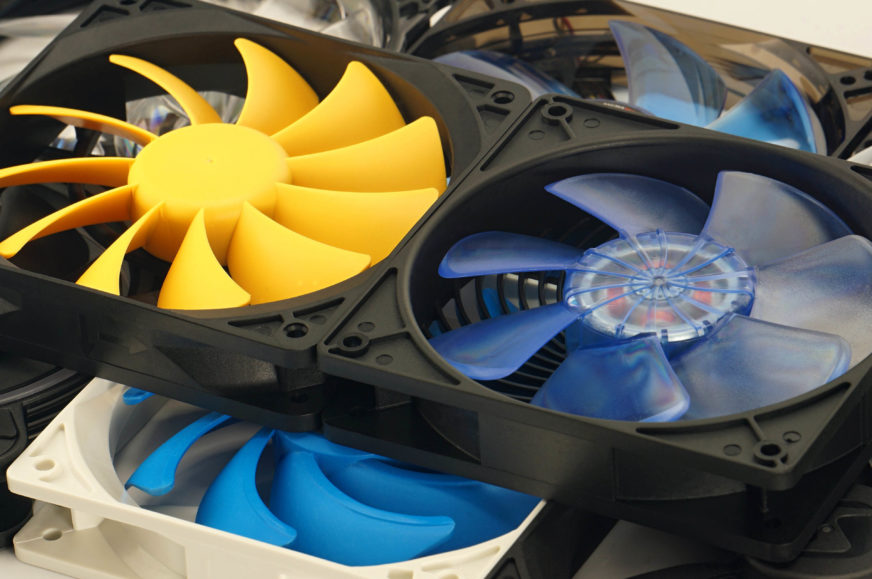
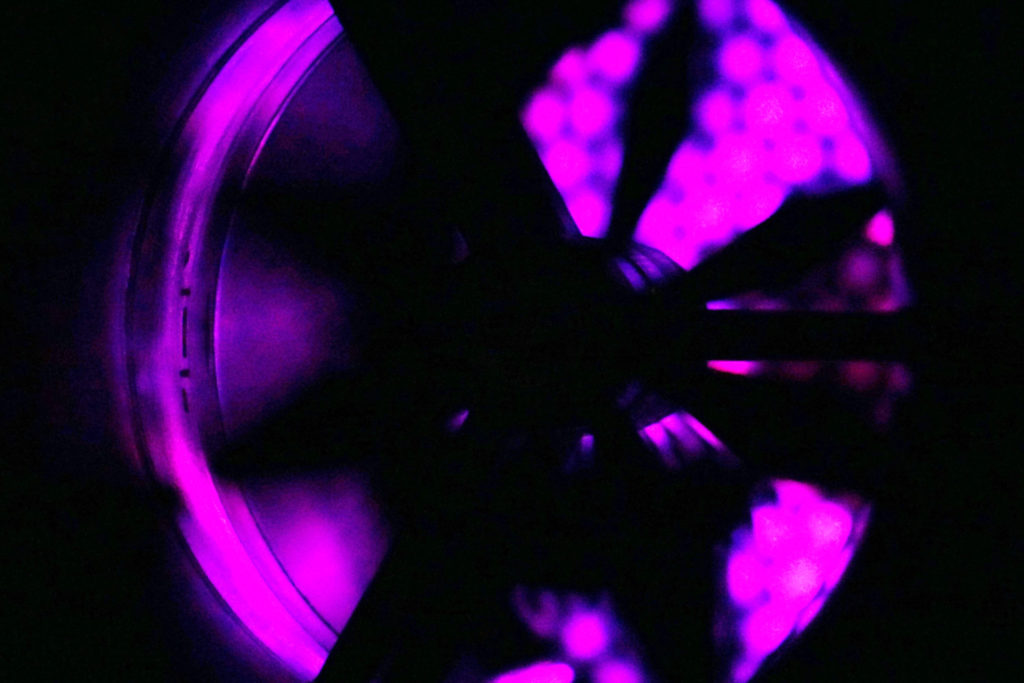

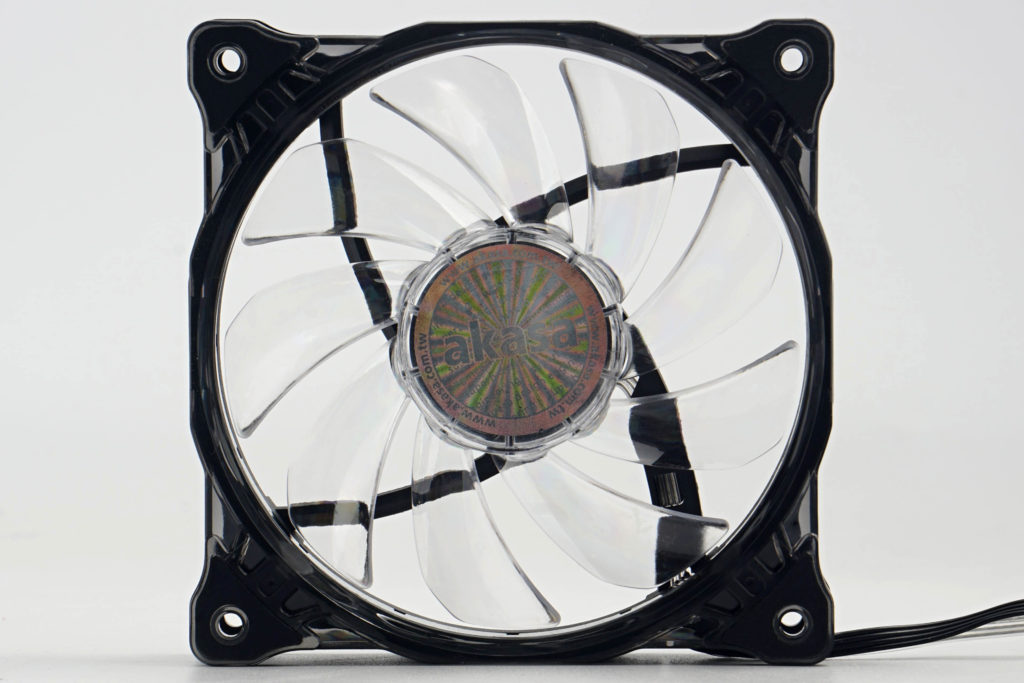
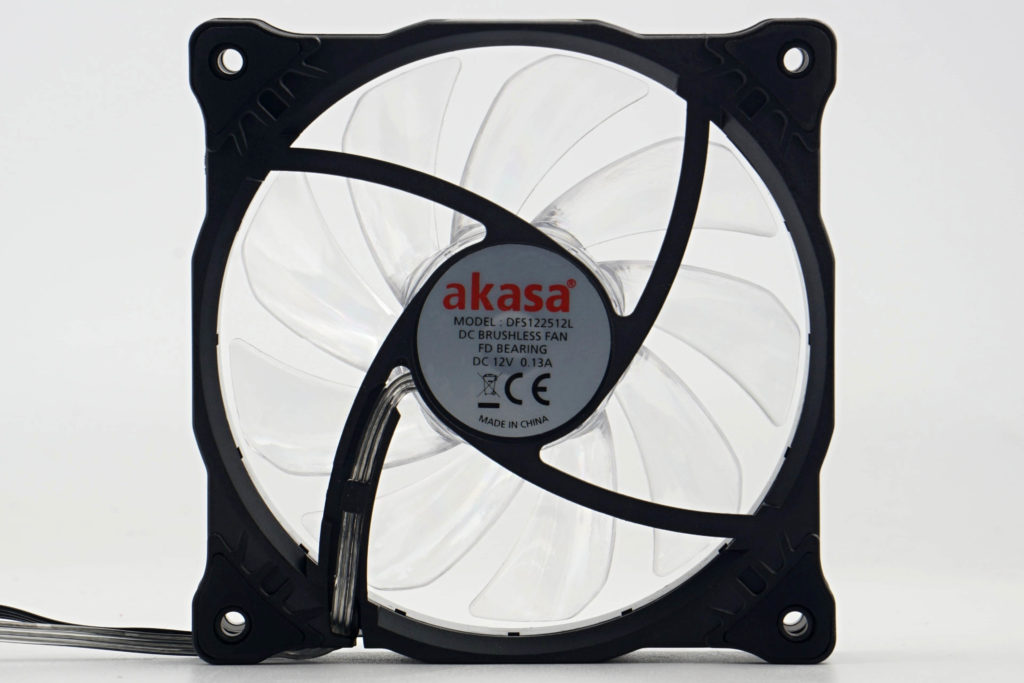
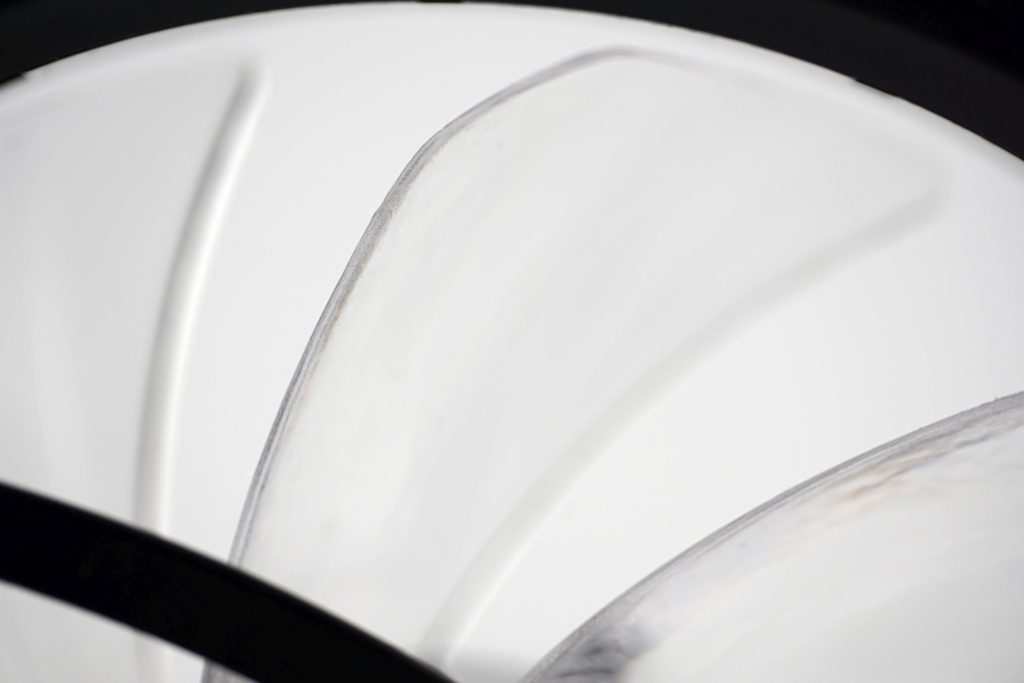
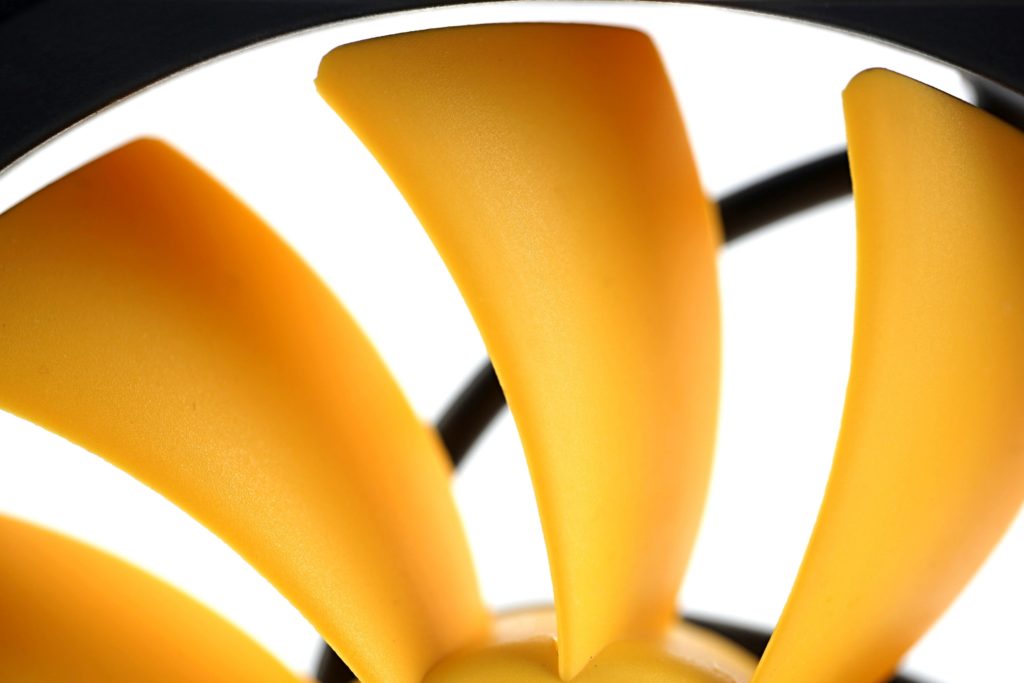
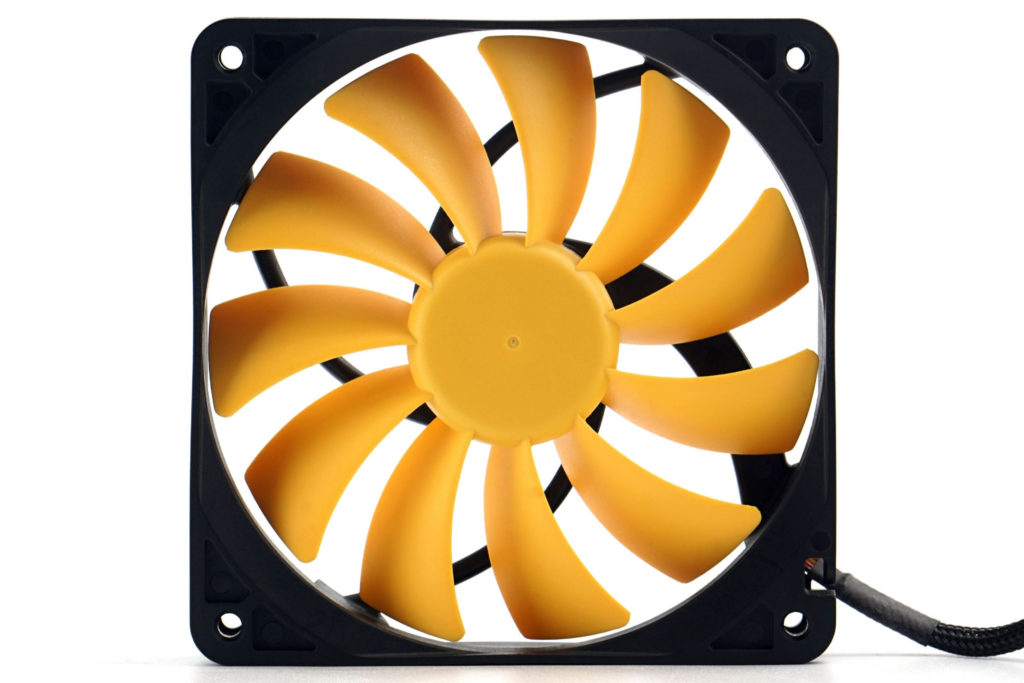
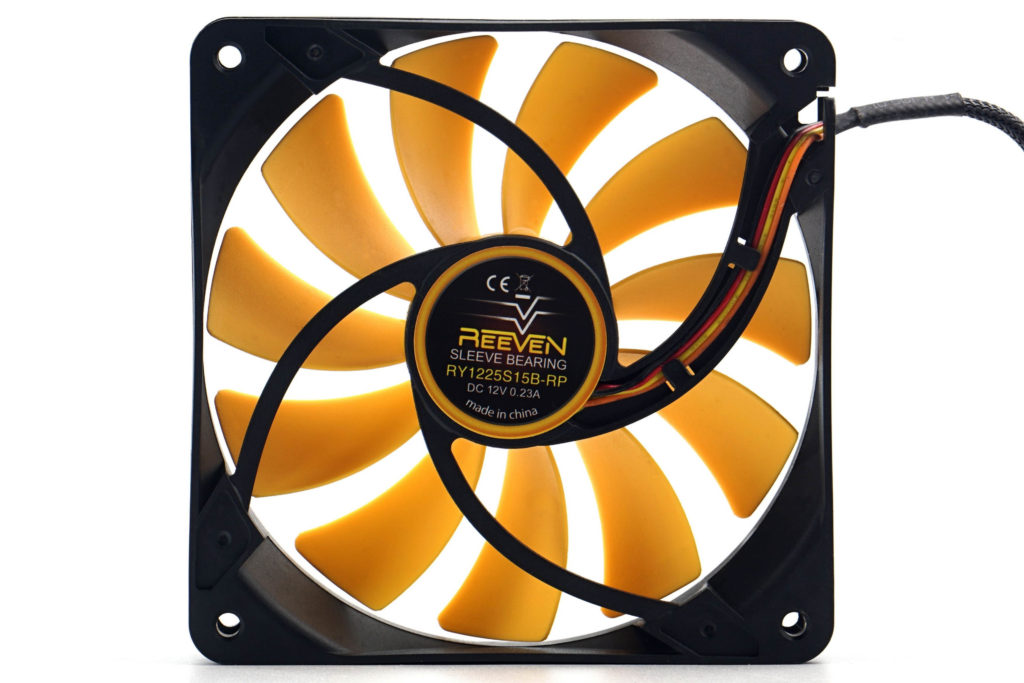
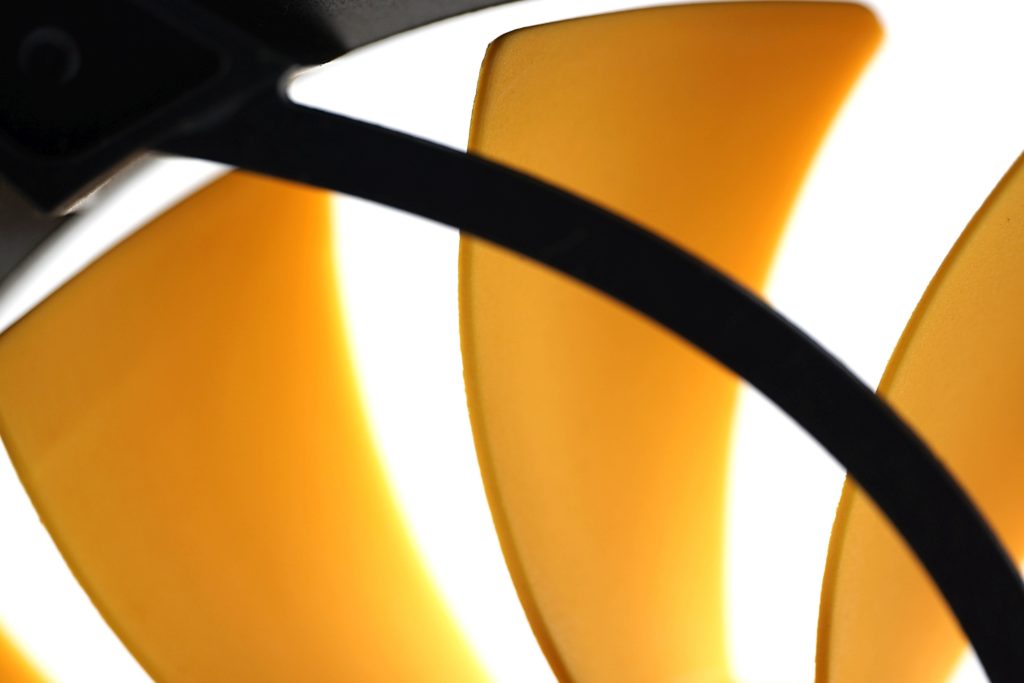
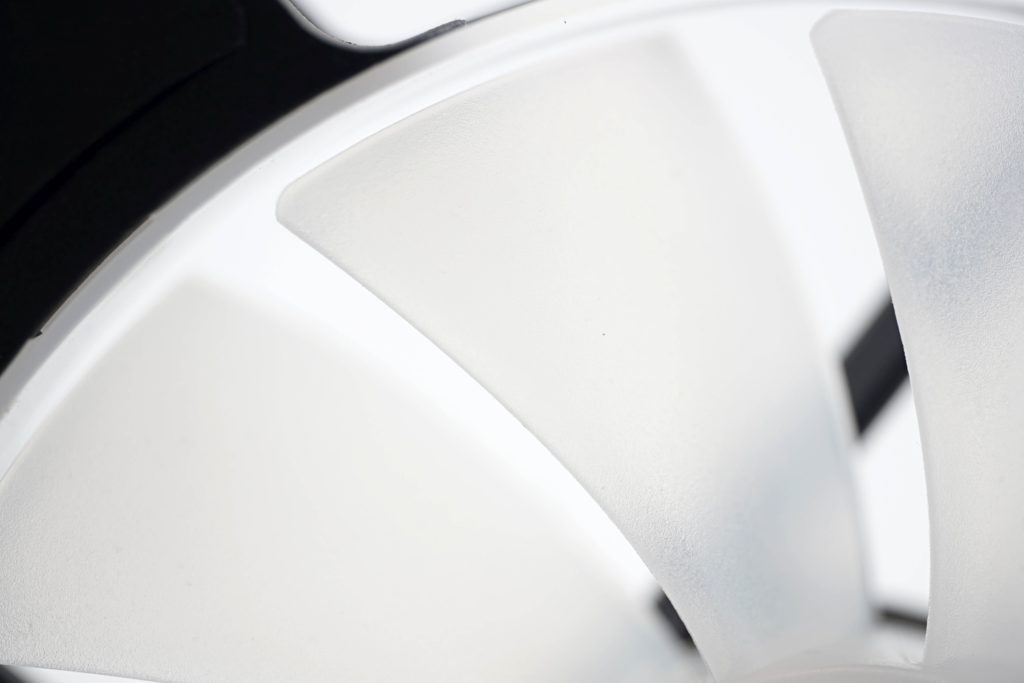
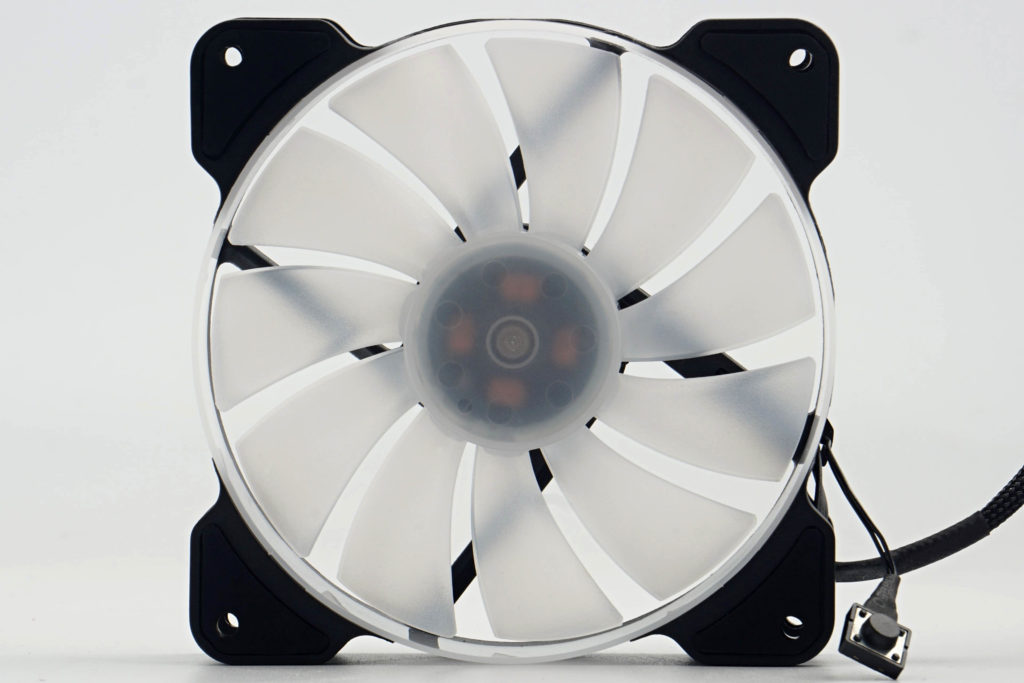
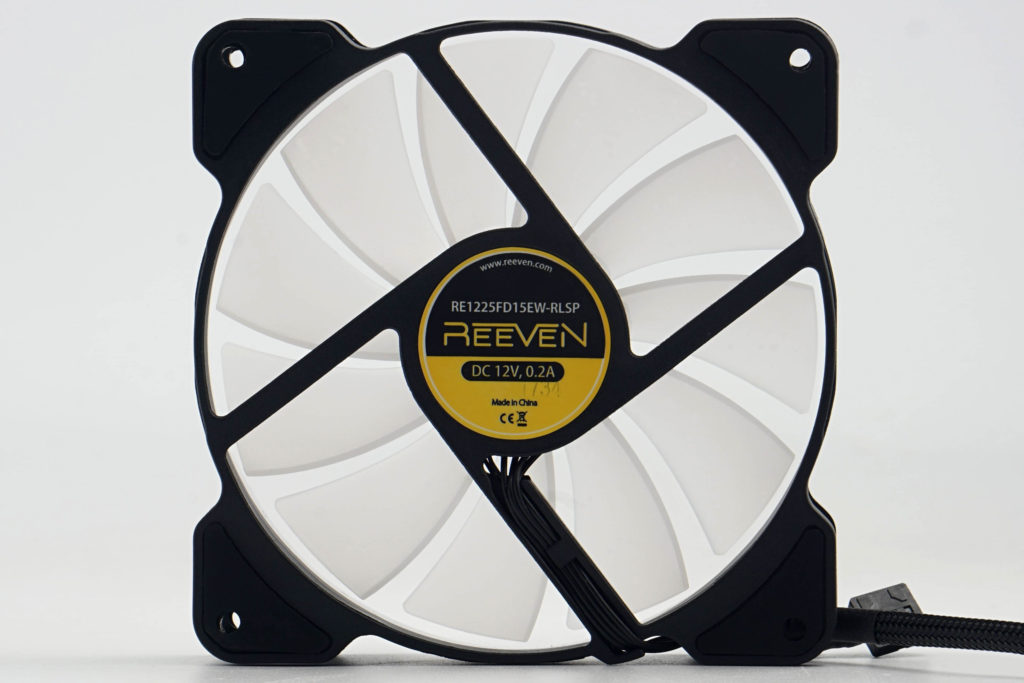
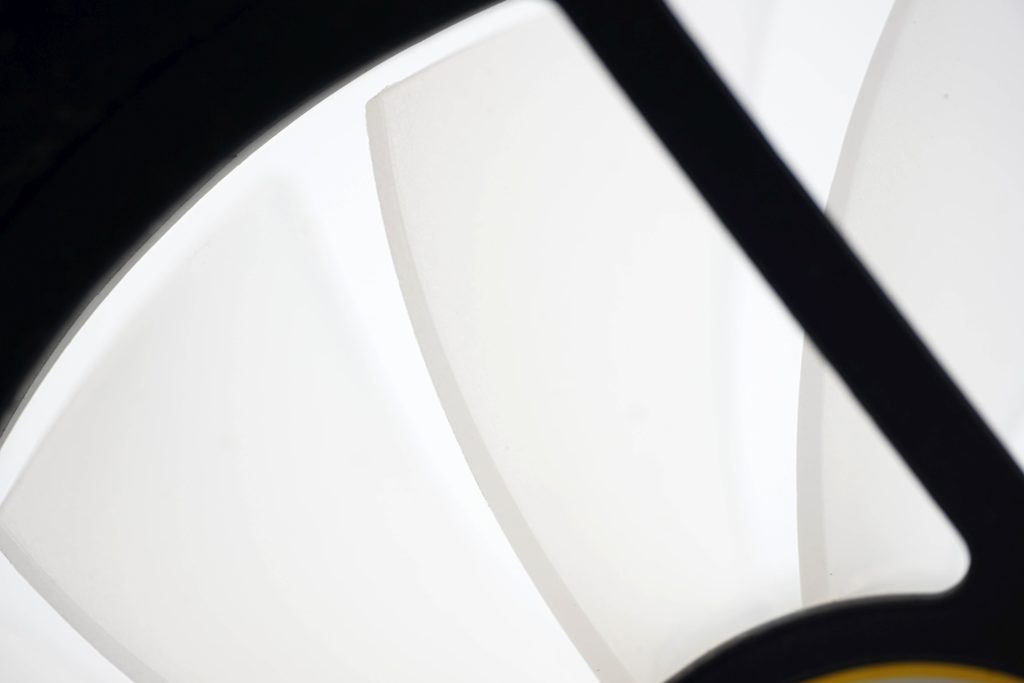
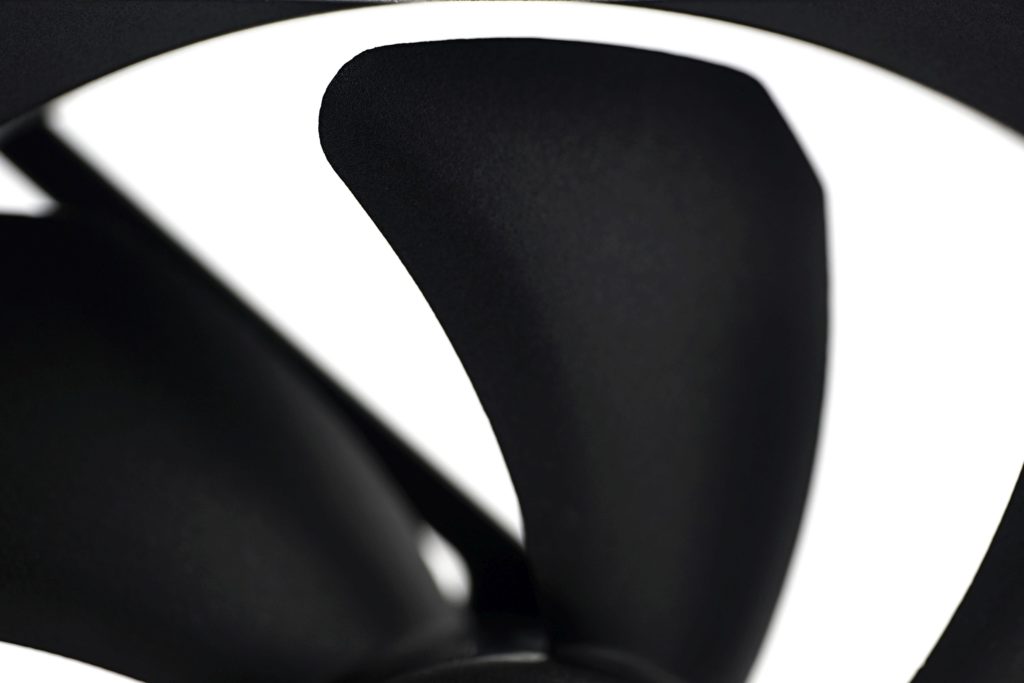
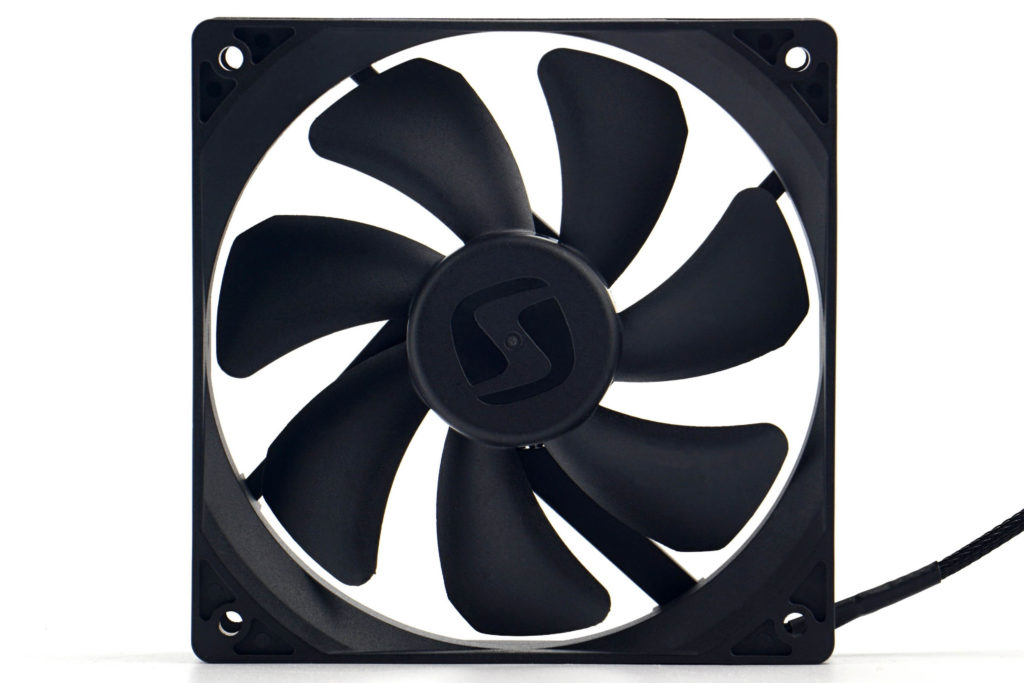
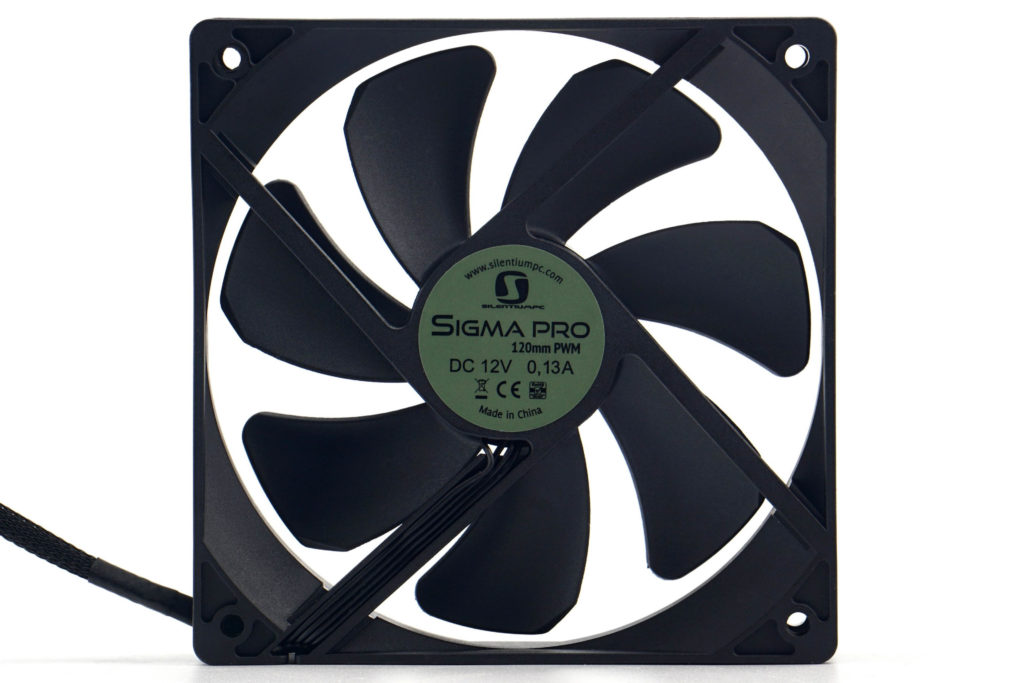
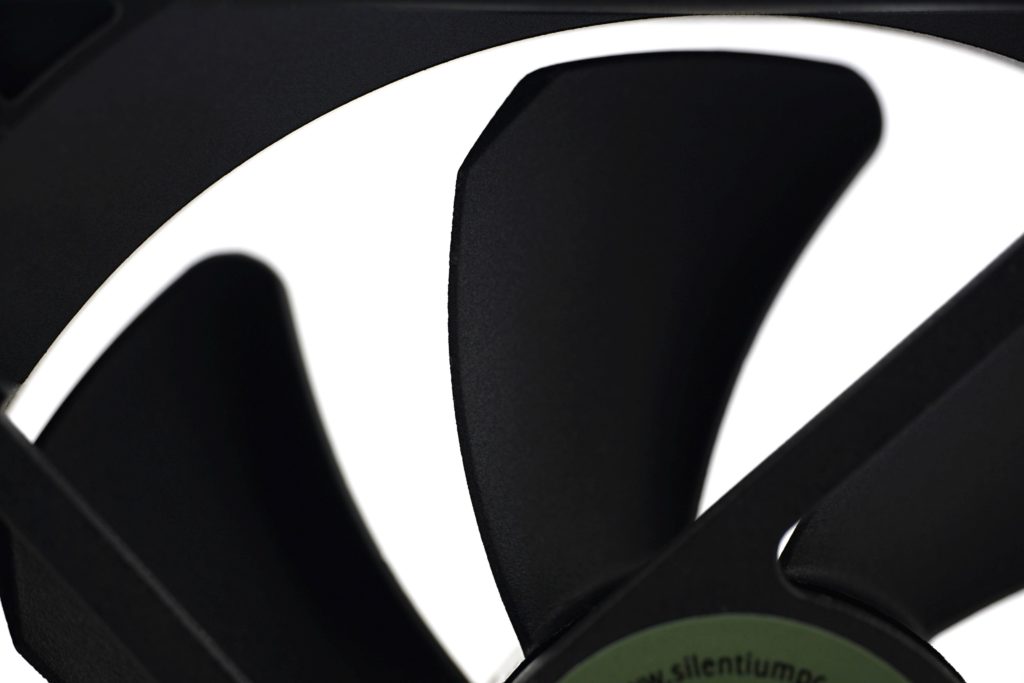
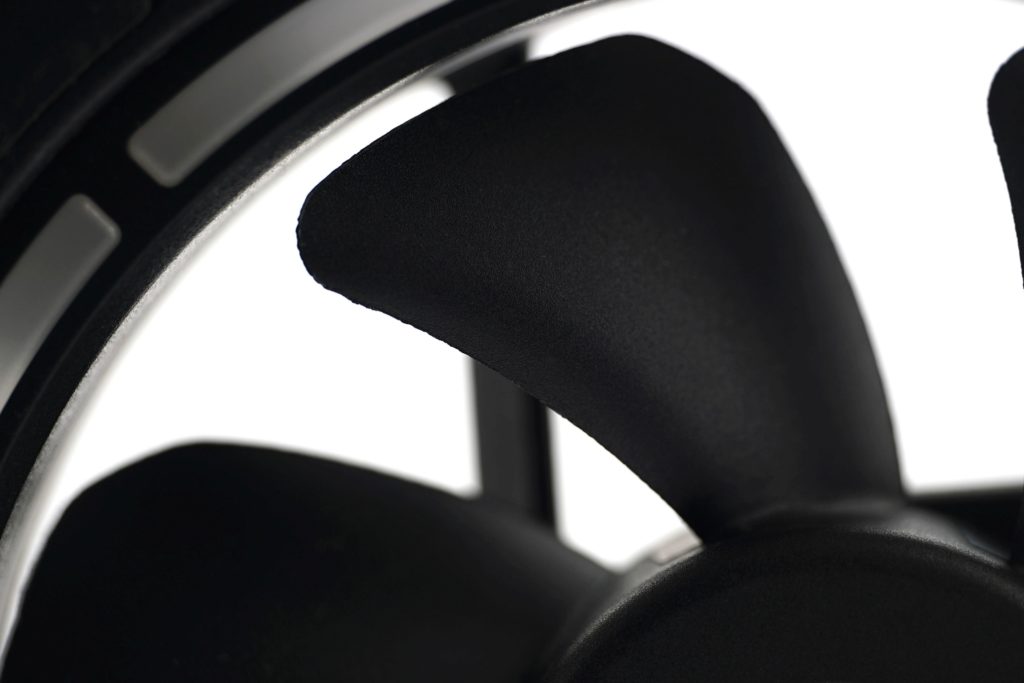
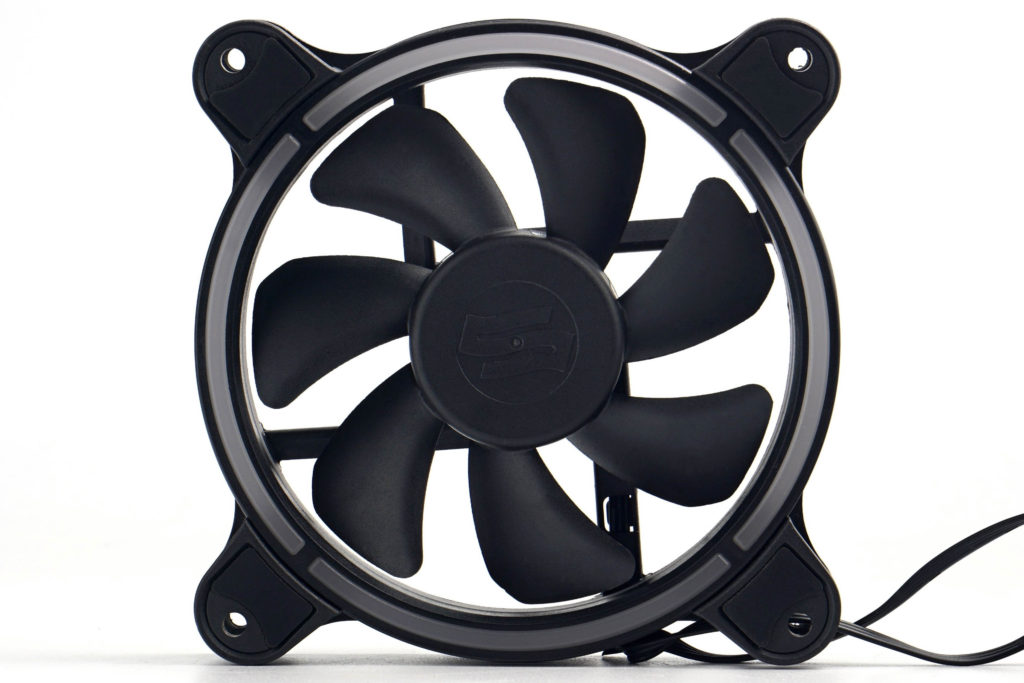
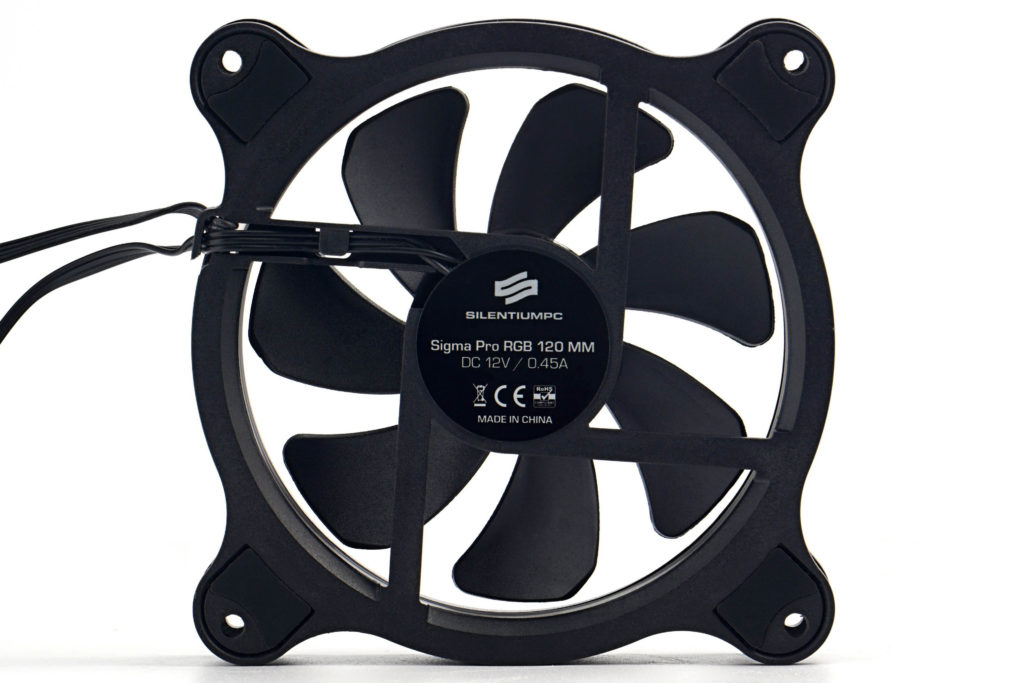
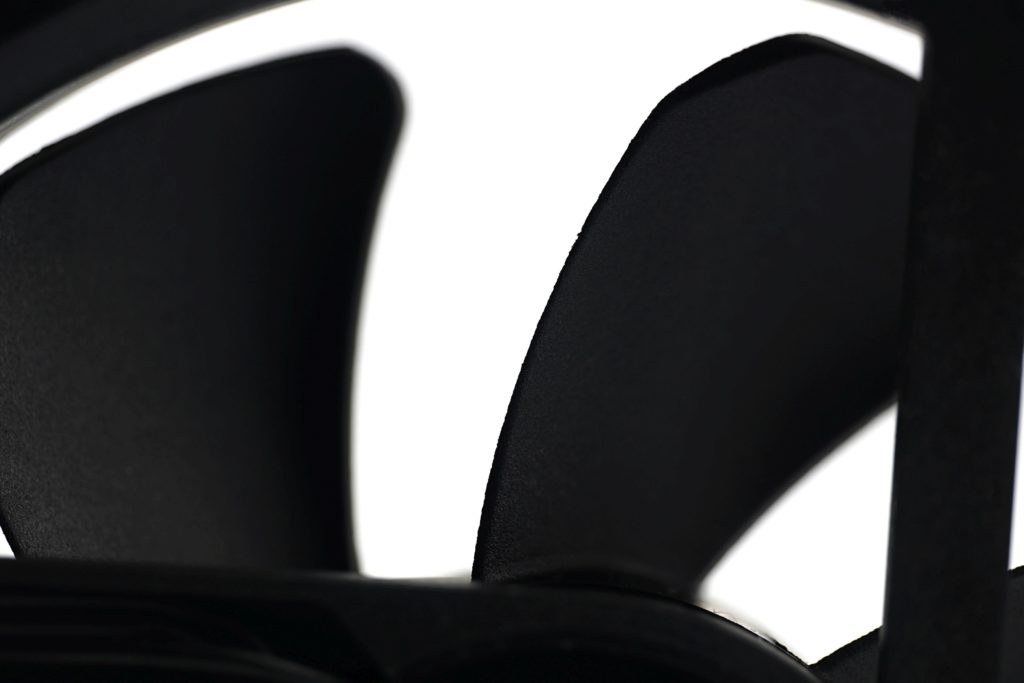
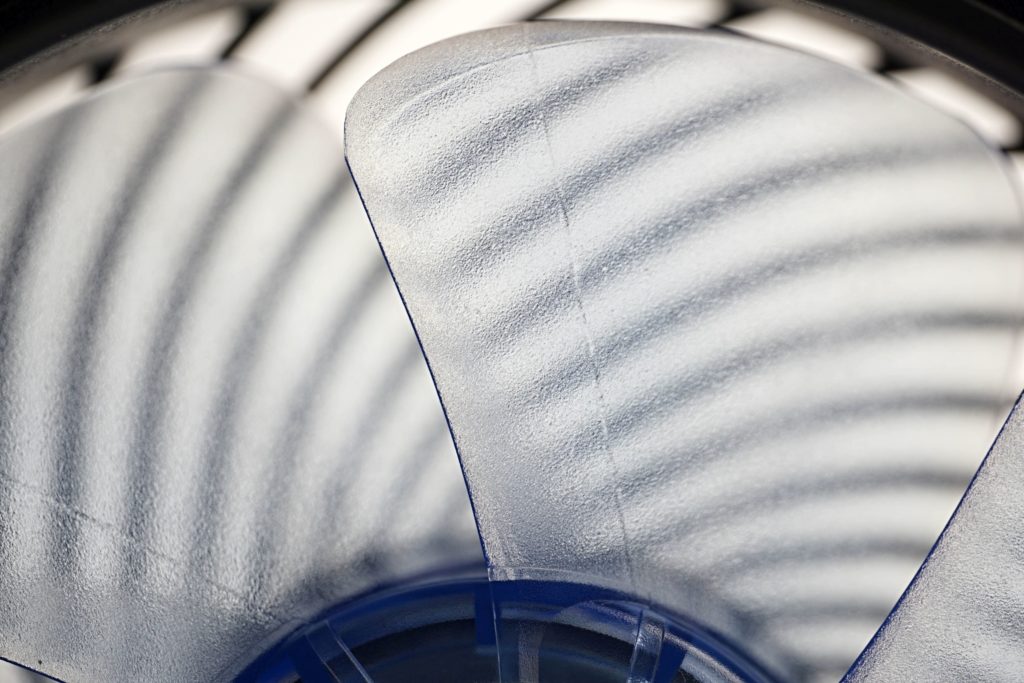
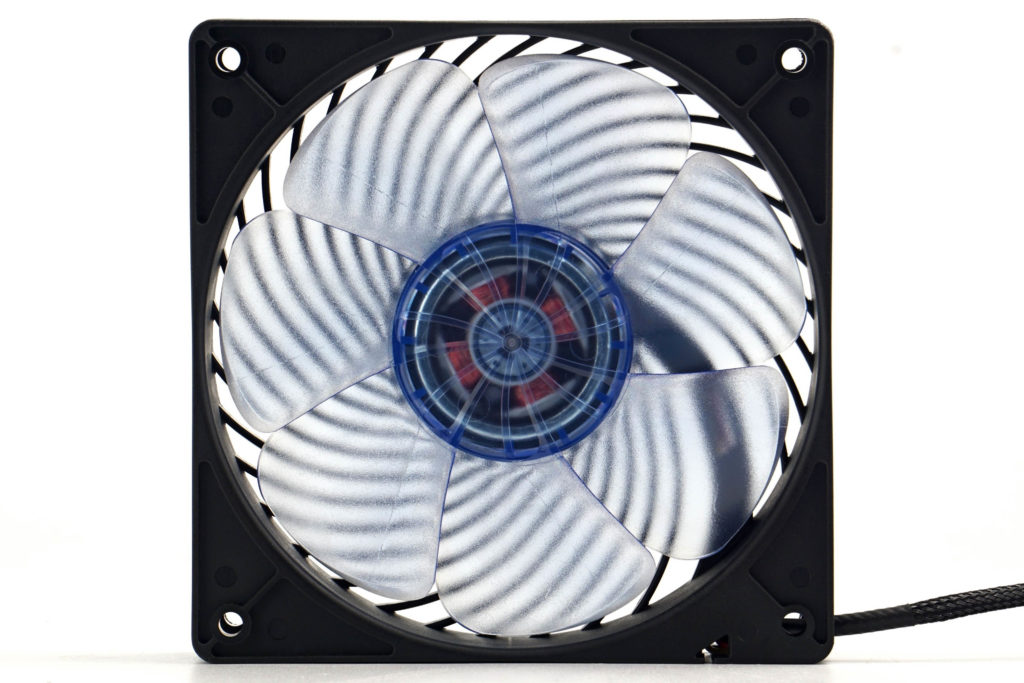
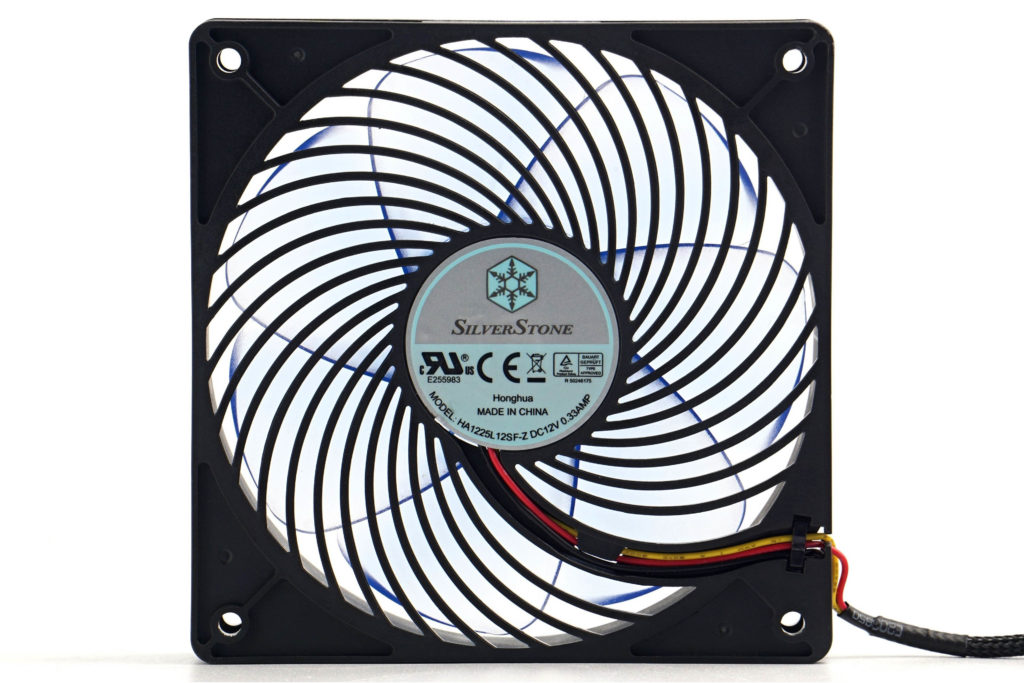
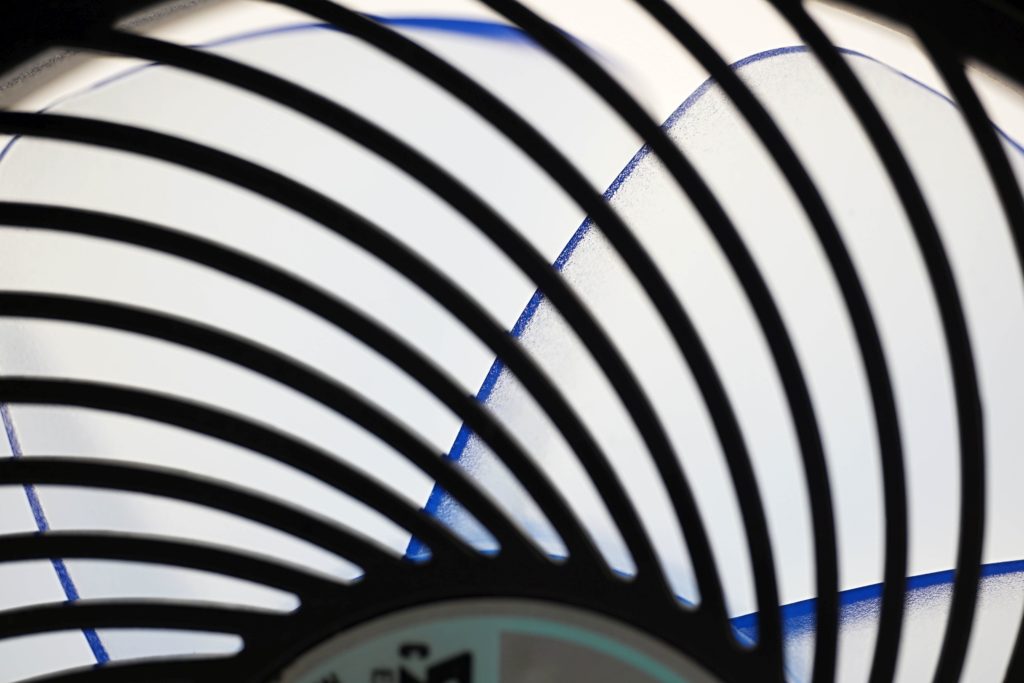
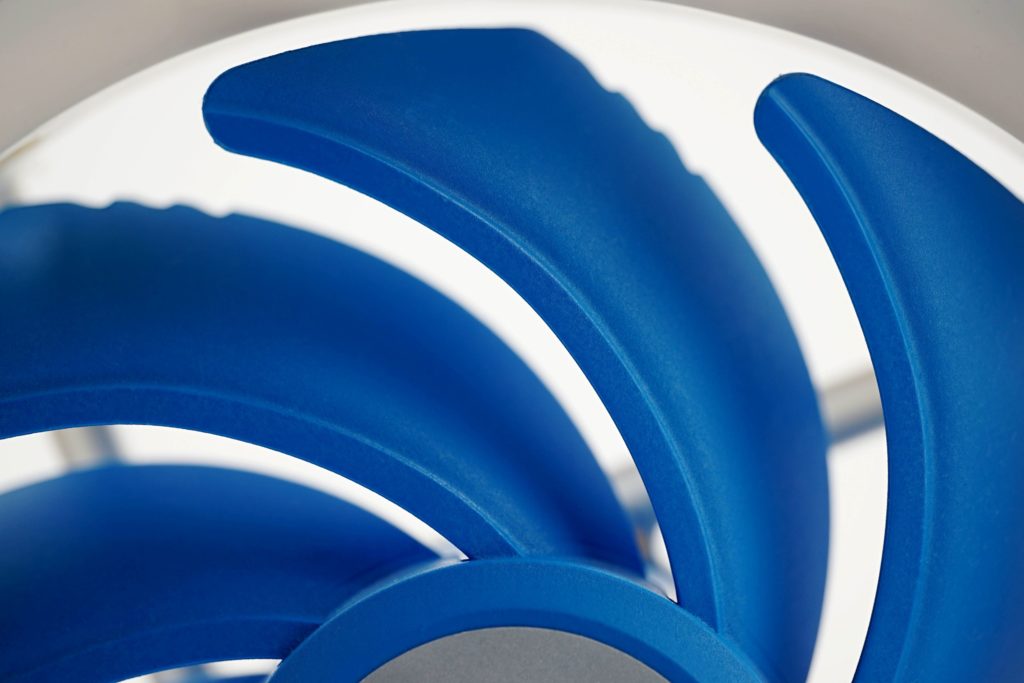
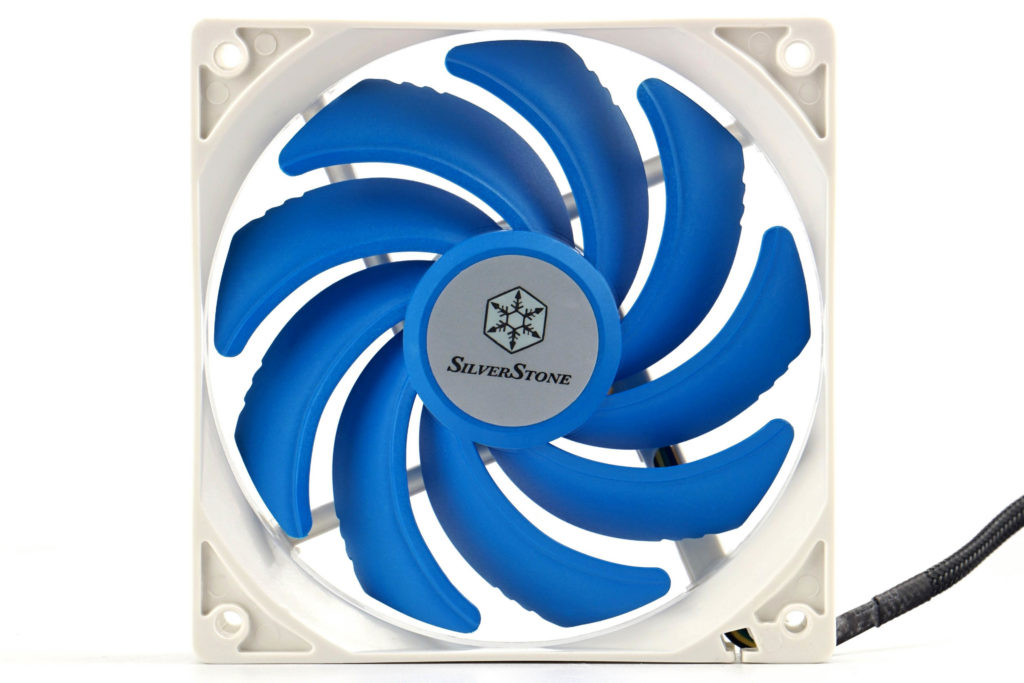
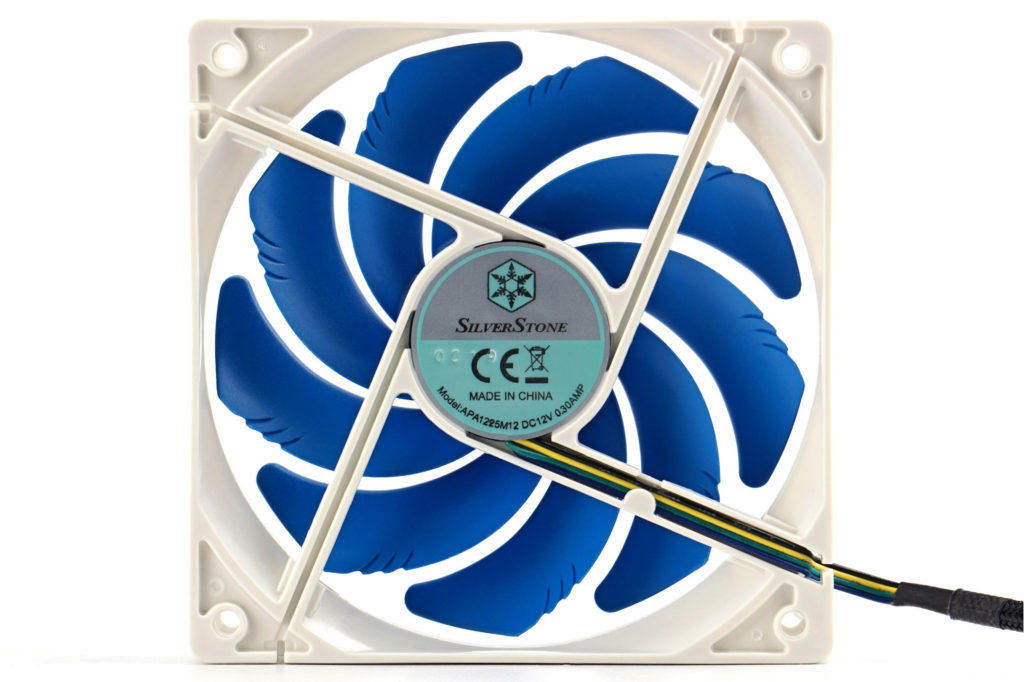

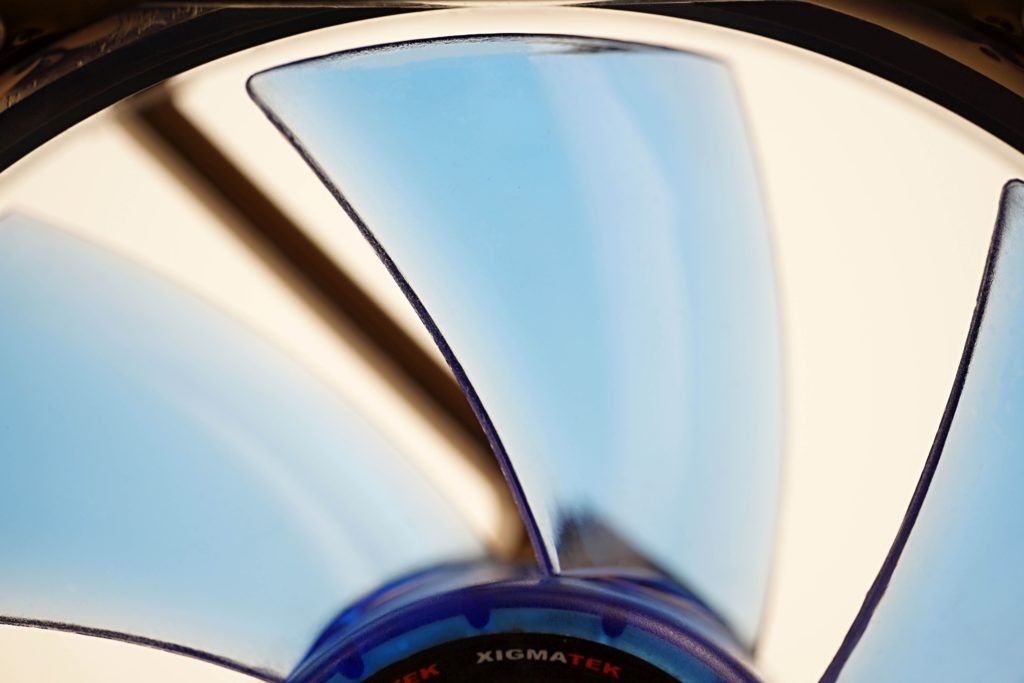
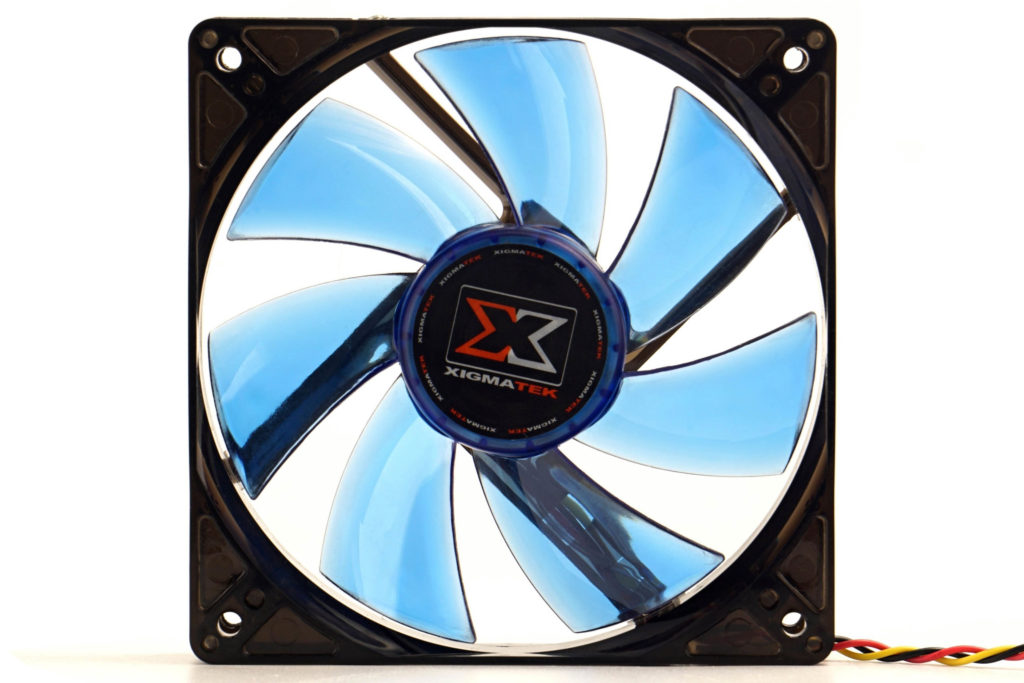
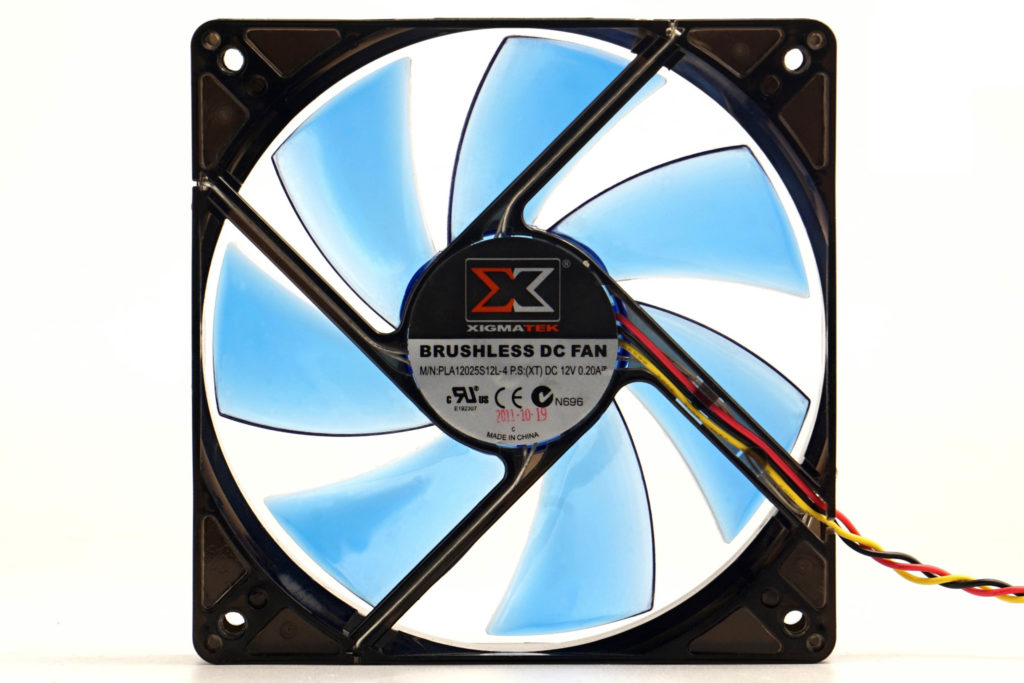

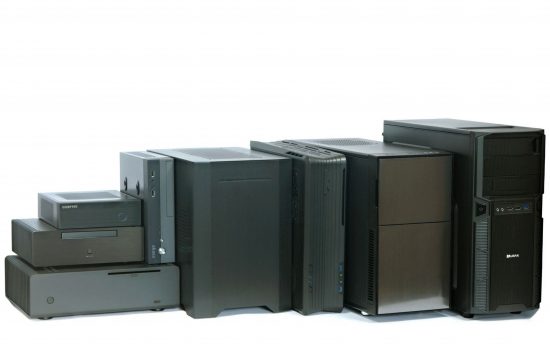
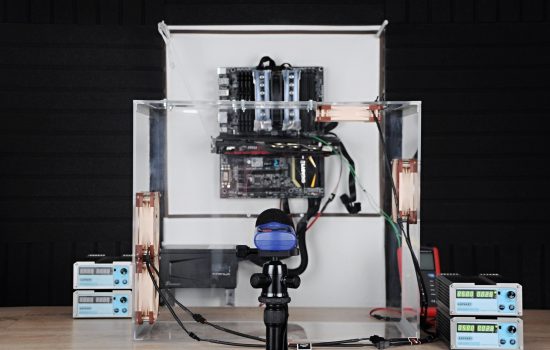
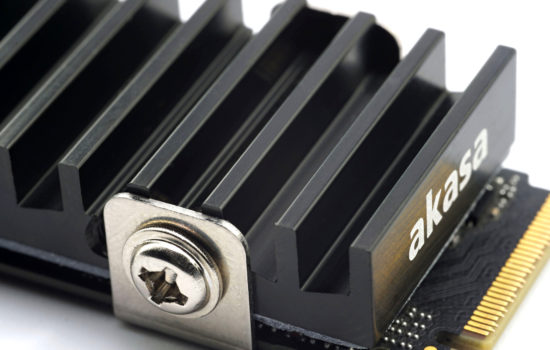



Although the test a super, non of the recommended Fans can be bought today making it intentesting but overal not that usefull. For next test, please include some fans that are expeded to be solf for at least one year later.
The selection of older, outdated fans for this test was purposeful. The goal was to get some results/ some basic idea to have something to go off of when evaluating current fans. When you look at the current database, it overwhelmingly contains fan models that are widely available in stores: https://www.hwcooling.net/en/bequiet-light-wings-bl072-sturdy-rotor-with-argb-leds/13/
The first eight have been selected so that later on none of these models will lack (since they are no longer sold) an in-depth evaluation of all aspects, as we do at the end of the “solo” tests, of which there are 26 after this article.